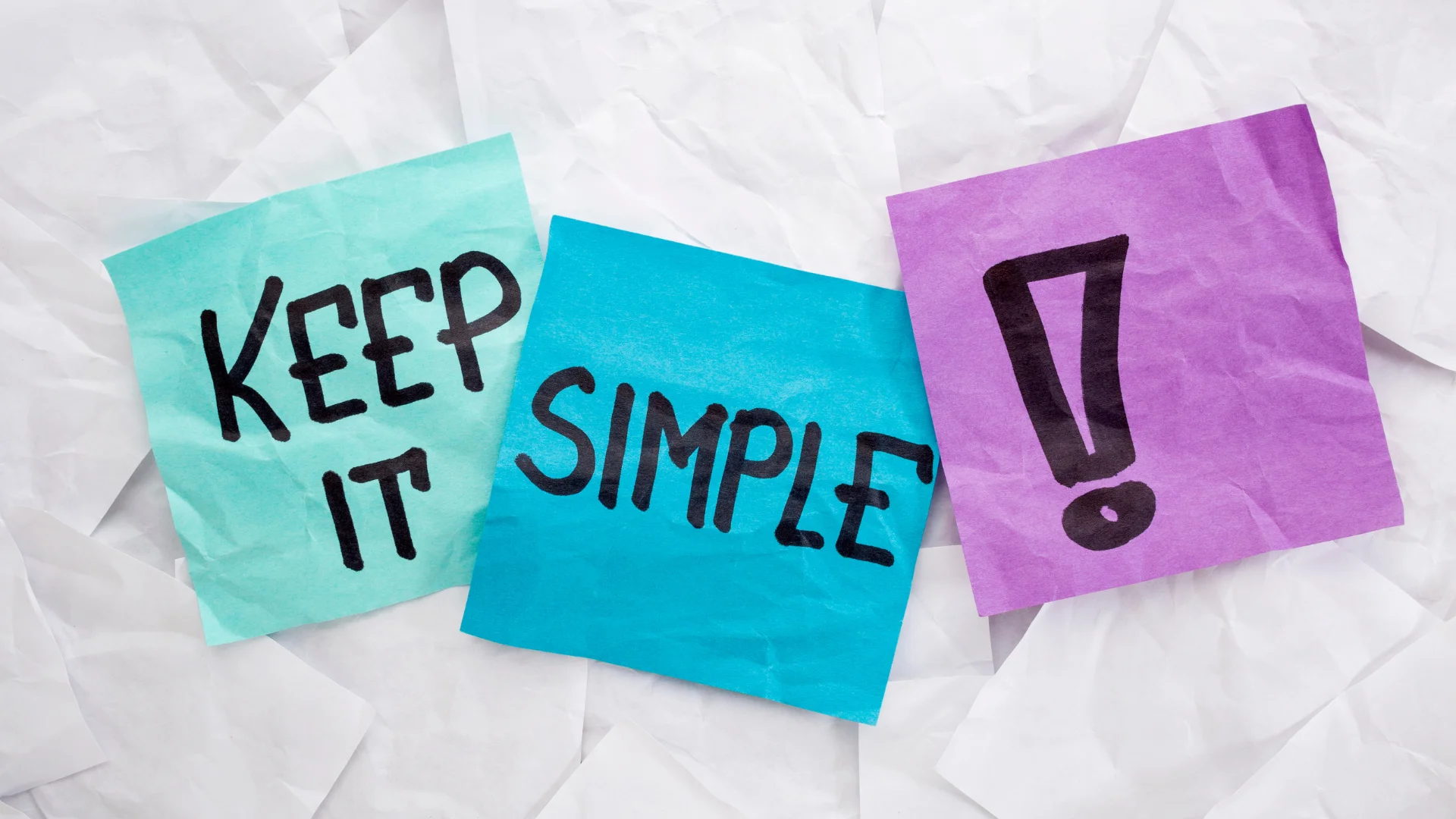OpenAI and Google made waves in the world of artificial intelligence this week.
In a studio set seemingly from the 1970s Merv Griffin Show, OpenAI brought the “magic” to improve the ChatGPT ecosystem. It built a model that can analyze images, video, and speech, added a new desktop app, and more.
Google got a bit cheeky with its news. During OpenAI’s event, Google was elsewhere previewing Gemini’s new features. They include using the camera to describe what’s going on in the frame and giving spoken feedback in real time (exactly what OpenAI was showing off.)
The next day, Google demonstrated the new features, including visualizations at Google I/O, though their demos weren’t as cute or done on a Merv Griffin set.
What does all this AI news mean for marketers and content? Will it create tsunami-like waves for marketers? Or will it be more like gentle ripples?
We asked Robert Rose, CMI’s chief strategy advisor, for his take. Watch the video or read on to find out what he has to say:
Listen to what wasn’t said
The most interesting thing in both OpenAI and Google’s announcements wasn’t the new features but what they didn’t say. But before I get to that, let’s dive into what they did say.
OpenAI launched GPT-4o. The “o” stands for “omni” — a nod to the new all-encompassing multi-modal application. The more efficient model will power both paid and free versions, which is good news for those who have free accounts.
GPT-4o gives power to more human-like voice activation. It can express emotions more effectively and even sings for users (watch the video above for a sample.) It also responds faster, allowing users to interrupt when it’s speaking.
OpenAI also announced a new ChatGPT desktop app with both voice and vision capabilities.
Google offered similar news, with updates to its AI ecosystem, Gemini. It now has a multi-modal capability and vision systems. It did some impressive demos, asking Gemini to locate things as they walked around a room.
But Google also did what Google does and added features that integrate with email, document creation, and its Android operating system.
All the news was interesting and different. It made it clearer where each company is going.
Should marketers care?
But what does all this new AI from OpenAI and Google mean for marketers?
Not much.
The most interesting thing wasn’t announced.
As late as four days before OpenAI’s announcement, reports swirled about a new web search feature for ChatGPT. They even said that’s why OpenAI scheduled its release the day before Google’s I/O conference. Well, OpenAI didn’t touch on any ideas of search and marketing.
Some could argue that OpenAI’s learning model update in December and making it free for everyone ostensibly allows for web search using AI. But the company never called it “web search” nor are they marketing it as such.
Google did comment on web search, announcing that it plans to roll out the AI Overviews feature at the top of search results to everybody by year’s end. Yes, that’s the same feature (formerly known as Search Generative Experience) that many of you have already seen. But the company didn’t reveal anything particularly new for search.
And neither company touched on how their announcements would affect how businesses and content are found online.
OpenAI and Google see AI as a personal service. It makes someone, not some business, more effective in engaging with information.
Now, as I mentioned, Gemini’s new features integrate with Google’s Office applications and will help people build mobile apps.
But they really focused on the individual and personal services. I’m intrigued by the two biggest AI players “consumerizing” AI and making it work for non-technical consumers rather than making it a martech tool for businesses.
Of course, smaller players are integrating AI features into their martech tools. Salesforce, HubSpot, Microsoft, and even Google (which talked about at the launch event and where they may have an edge) are doing it on their bigger platforms. However, all these features feel like personal productivity enhancements, not integrated team-focused tools.
Where does this latest wave of announcements from Google and OpenAI leave pure-play AI companies focused on making marketing teams better? Is it possible that AI is simply best served to individuals, NOT teams? Will these enterprise-level companies get stuck in a hard place between existing tools with AI features and the big AI companies with personal services?
It will be interesting to watch.
This is the path for marketing and AI
But the latest AI news also further convinces me of the best path for businesses wanting to integrate generative AI into their marketing. It won’t be an off-the-shelf tool or permission to let team members use ChatGPT.
It will require you to really understand your process, workflow, and use cases and then figure out what features best serve them.
That will be how you get your own Merv Griffin set – and demo to your bosses how AI will change the world of your marketing.
HANDPICKED RELATED CONTENT:
Cover image by Joseph Kalinowski/Content Marketing Institute






















